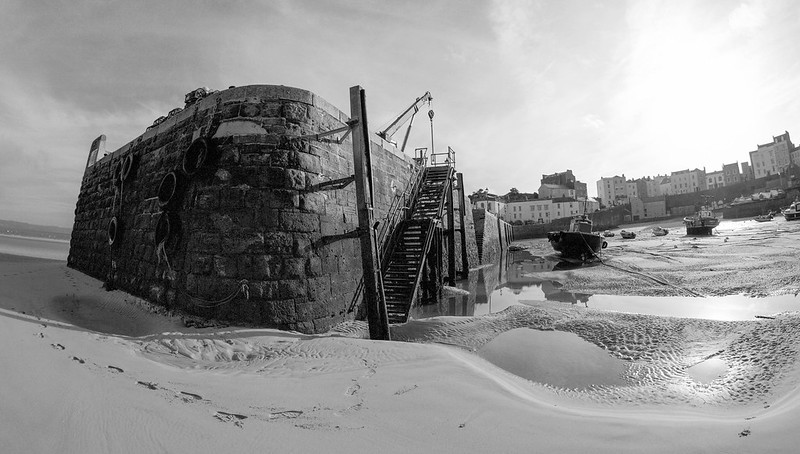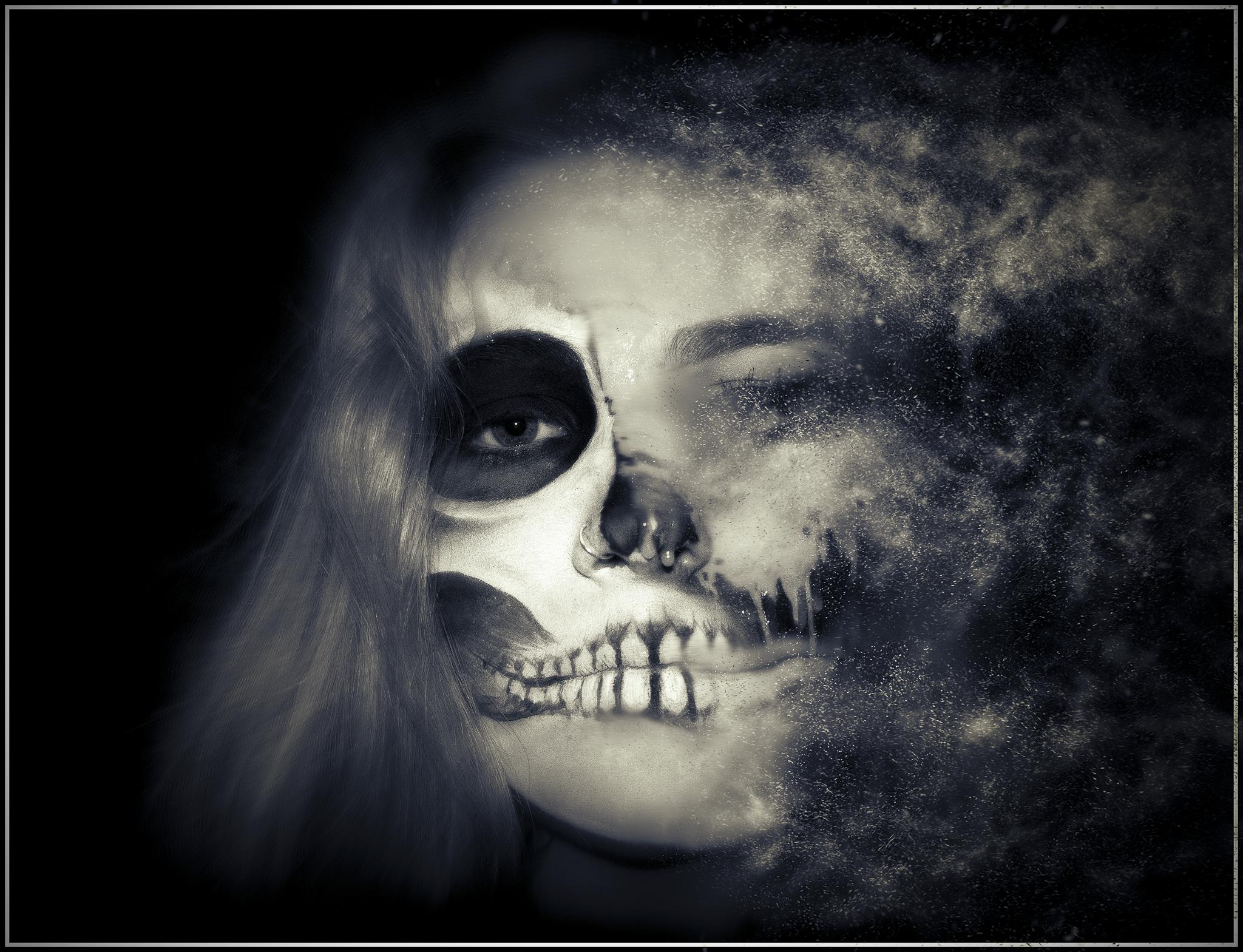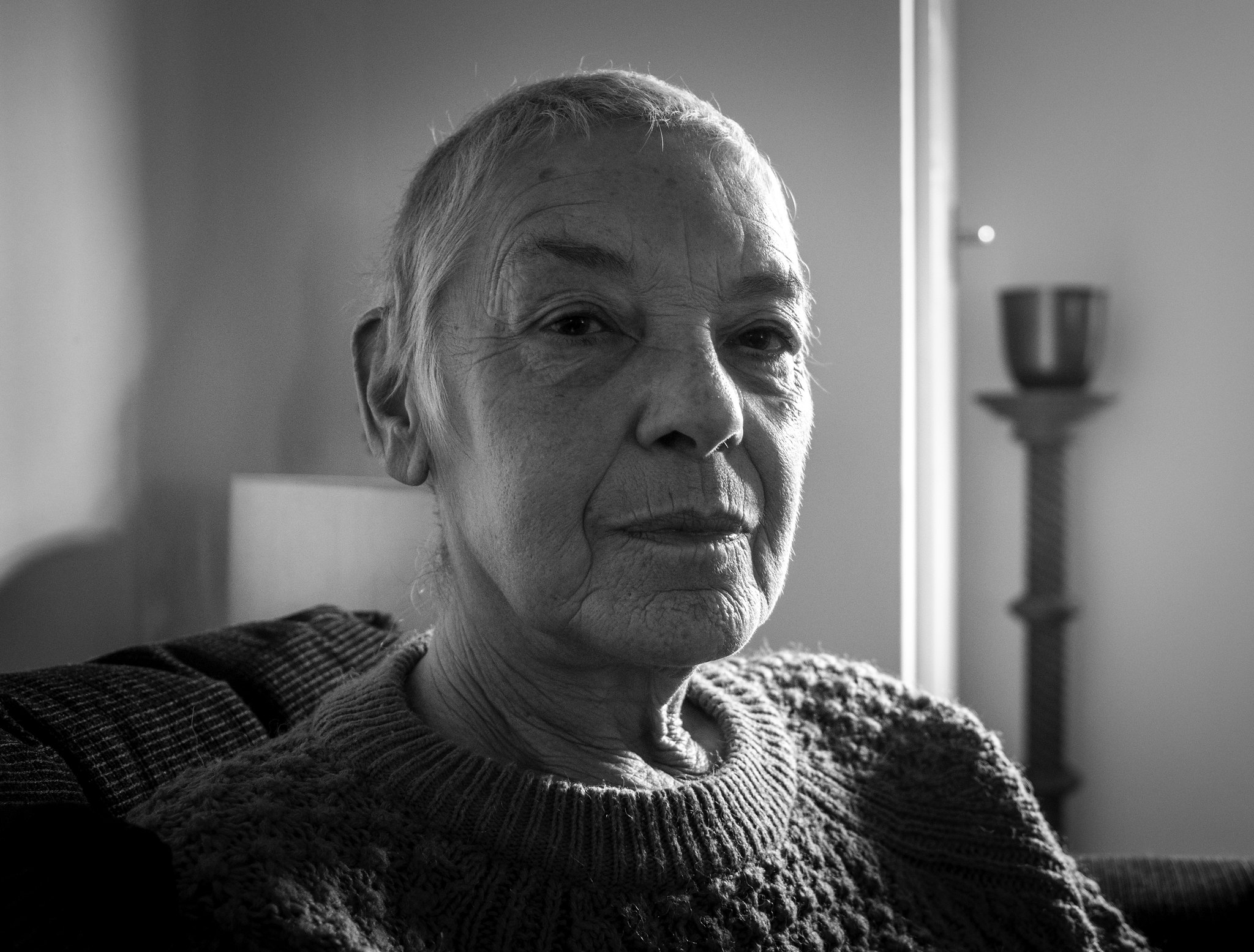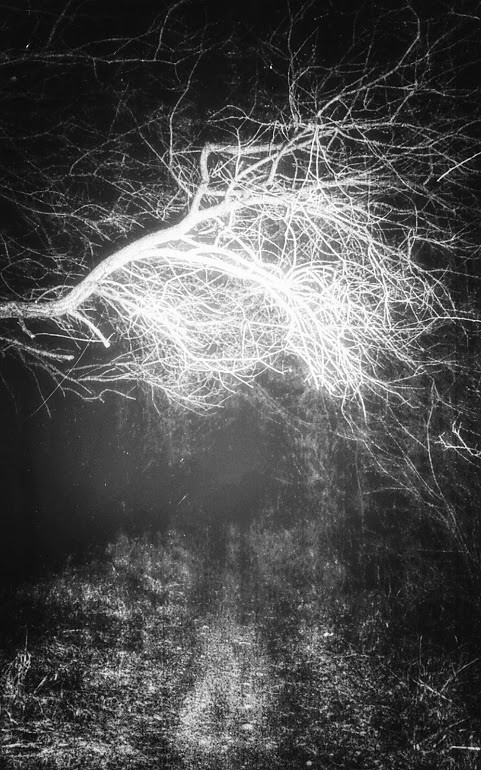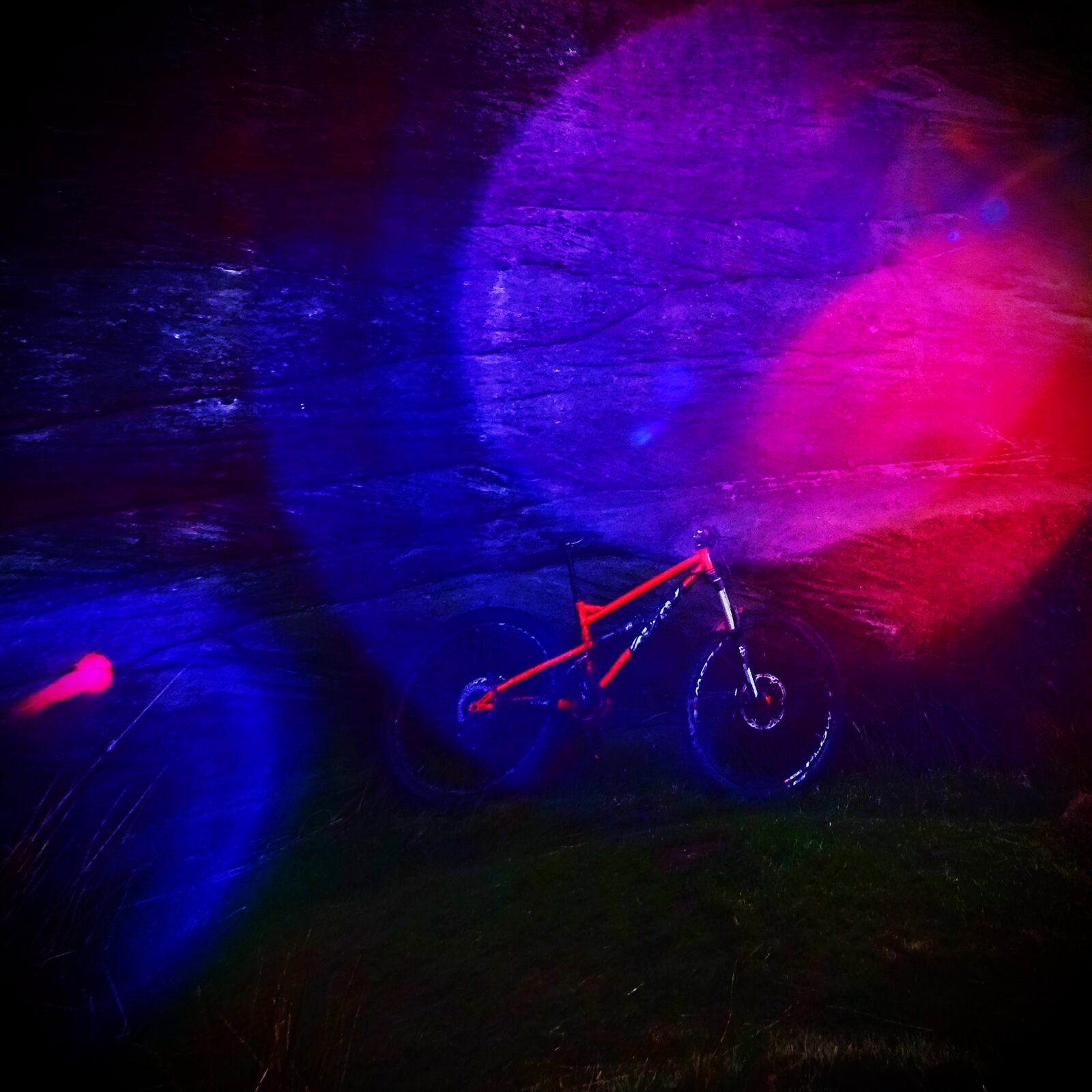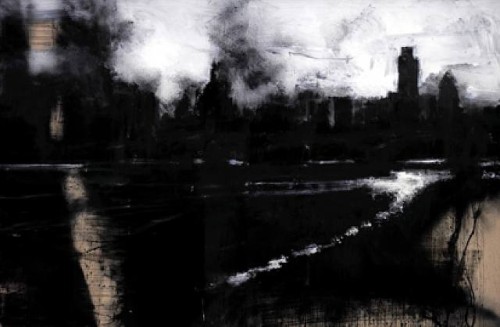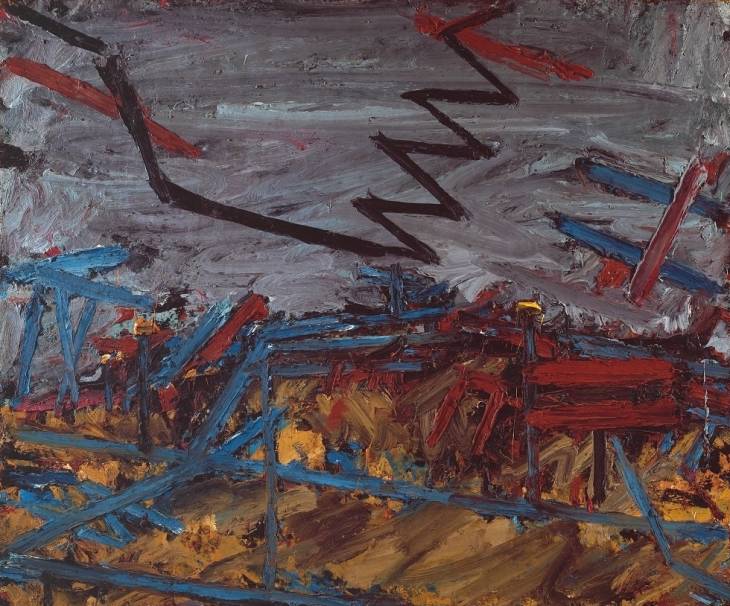- This topic has 166 replies, 52 voices, and was last updated 7 years ago by justinbieber.
-
Attitudes to processing images
-
zokesFree MemberPosted 7 years ago
“It’ll define an era of images.”
I really bloody hope not.
And fwiw, +1 on the monitor calibration. Both my iMac and MacBook Pro Retina weren’t far off. My older MacBook Air was atrocious.
stilltortoiseFree MemberPosted 7 years ago“I want to do everything in the camera and Photoshop is cheating”
If that’s what your mate is trying to achieve through his/her photography then that’s just as valid as someone who makes their photo in the post-processing. They’re different branches of photography, but both still photography.
“I want to earn my DH and uplift is cheating”
[tenuous analogy]Still cycling though[/tenuous analogy]
zokesFree MemberPosted 7 years ago“If that’s what your mate is trying to achieve through his/her photography then that’s just as valid as someone who makes their photo in the post-processing. They’re different branches of photography, but both still photography.”
Well, they’re not really, they’re just deferring their processing decisions to a firmware programmer’ predefined algorithms in the camera.
stilltortoiseFree MemberPosted 7 years agoI thought this thread was about the post-processing that you *couldn’t* do in-camera. I’ve misunderstood.
zokesFree MemberPosted 7 years agoAll cameras do some processing in the conversation of raw sensor data to a viewable jpeg. It’s why phone cameras images appear to ‘pop’, but why two similar phones give quite different results for the same shot. And also why a dSLR’s captures of the same image can look flat.
But to follow your line a bit further, I can do an amazing amount of processing on my camera phone before I even download the image if I want. Processing is processing…
gofasterstripesFree MemberPosted 7 years agoJust seeing as we’ve now mentioned phones, RAW and B&W – people who like taking photos/snaps/whatever would do well to consider the P9 if they fancy a phone with interesting imagery capabilities.
It’s no DSLR, but does have: a dedicated B&W sensor and lens, RAW output and all sorts of Leica-powered processing [optional]. Oh, and full manual control! Also Leica-designed lenses, so they’re as good as you could reasonably expect.
eddiebabyFree MemberPosted 7 years agoWell after starting this ball rolling I’m finally back.
For me LR and PS are part of the day job. When I go out to take photos I usually know what I’m going for and take a image that will get me there with processing. Sometimes this is not the shot that I would take if I was going to simply print it out.I like B&W at the moment so I’ll often be exposing to the right to make it possible to lift shadow details. And I am guilty of waaay tooo much post processing. But people often like the results. And that’s it, the end result. All that matters really.
Seeing as everyone else has been brave here’s a couple of mine.[url=https://flic.kr/p/QWmHUD]Brian-2[/url] by John Stanley, on Flickr
[url=https://flic.kr/p/QTXp1k]Train time[/url] by John Stanley, on Flickr
[url=https://flic.kr/p/QR1Sc7]IMG_01232[/url] by John Stanley, on Flickr
colournoiseFull MemberPosted 7 years agoAlexSimon – Member
Hard to explain, but for me it still has to believable that I could have witnessed it with my own eyes.And there’s why this is such an interesting/divisive debate.
If you believe/feel that photography should ‘just’ record reality as accurately as possible then you’re probably not going to like heavily post-processed images as they’re not ‘truthful’.
If you think that photography is just another tool to make images with, then everything is fair game and the end justifies the means.
As with most stuff like this, most people float somewhere in the middle but it’s clear that the thread contains ‘extremists’ on both sides of the fence…
dmortsFull MemberPosted 7 years agoIf someone likes the image then it’s valid, which makes processed or non-processed a moot point. A trend I’ve noticed is strong HDR type processing. I don’t like it but others seem too, so it’s OK in that sense.
There is a slight issue with using JPEG and saying that’s it. The camera will post-process the image it has captured to make the JPEG and I’m sure you can adjust what processing does on some cameras. Pretty sure my D90 can be adjusted. The point being where do you draw the processing/non-processing line
TheArtistFormerlyKnownAsSTRFull MemberPosted 7 years agoI’ve got 2 extremes of processing here – neither are a 100% representation of what my eye saw, but they both work for me in their own context, whether anyone else likes them or not
[url=https://flic.kr/p/Rt8Uk4]Halloween Mel.sandstorm[/url] by davetheblade, on Flickr
[url=https://flic.kr/p/PZ43Cp]DSC02030-Edit[/url] by davetheblade, on Flickr
jimjamFree MemberPosted 7 years agodmorts
If someone likes the image then it’s valid, which makes processed or non-processed a moot point. A trend I’ve noticed is strong HDR type processing. I don’t like it but others seem too, so it’s OK in that sense.
I don’t agree. It’s a blunt analogy, but it’s like fashion vs style. Fashion comes and goes but style is timeless and inimitable. In retrospect fashion looks ridiculous. What we’re seeing with “HDR” images on social media is that people are reacting to the gimmick or novelty of something new.
I’m sure the first colour feature film must have been mind blowing, regardless of quality. With instagram and phone image editing apps people are discovering an ability to change pictures quickly and easily with little to no skill/consideration. When we look back on this period of time it’ll be clear that this technology was just filtering down to most people – the results will seem laughably bad and I guarantee you the people who like it and therefore validate it today will be sick of it tomorrow.
bikebouyFree MemberPosted 7 years agoSee, I love the tree pic colournose posted. Very nice, processed with care as to not obliterate.
But I like obliterating my images, I go so far that sometimes they are barely recognisable. That’s the fun of post pic production, you can do what the hell you like.
More please.
colournoiseFull MemberPosted 7 years agobikebouy – Member
See, I love the tree pic colournose posted. Very nice, processed with care as to not obliterate.colourNOSE? Heehee.
Anyway I agree with you, but it’s clear that in the eyes of a reasonable amount of viewers we’re ‘wrong’ (and that the tree image does obliterate the original photograph). Won’t stop me though – I too am not averse to the odd bit of real image obliteration.
stilltortoiseFree MemberPosted 7 years agoIf you believe/feel that photography should ‘just’ record reality as accurately as possible then you’re probably not going to like heavily post-processed images as they’re not ‘truthful’.
This is where it gets interesting. I remember travelling in the late 90s with a compact camera (film, natch). I took lots of sunset photos in Africa which, when printed, looked great. However, they didn’t accurately depict what my own eyes saw; the photos recorded reality within the limitations of a film camera. Arguably they looked even better than reality.
It’s a bit like the old hi-fi argument, where “true” hi-fi should reflect the real experience of being there as much as possible. Well, to be frank, I’ve been to lots of live concerts where the sound quality was pretty dire and I’d be gutted if that’s what I had to listen to on my hi-fi at home.
dmortsFull MemberPosted 7 years agojimjam
dmorts
If someone likes the image then it’s valid, which makes processed or non-processed a moot point. A trend I’ve noticed is strong HDR type processing. I don’t like it but others seem too, so it’s OK in that sense.I don’t agree. It’s a blunt analogy, but it’s like fashion vs style. Fashion comes and goes but style is timeless and inimitable. In retrospect fashion looks ridiculous. What we’re seeing with “HDR” images on social media is that people are reacting to the gimmick or novelty of something new.
I’m sure the first colour feature film must have been mind blowing, regardless of quality. With instagram and phone image editing apps people are discovering an ability to change pictures quickly and easily with little to no skill/consideration. When we look back on this period of time it’ll be clear that this technology was just filtering down to most people – the results will seem laughably bad and I guarantee you the people who like it and therefore validate it today will be sick of it tomorrow.[/quote]
To expand on your analogy, style comes from fashion does it not? Things are not immediately timeless. You have to have variations and trials of new things before something sticks and becomes timeless. Who cares that things look bad in retrospect if, at the time, someone enjoys them?
The very process you have outlined results in ‘better’ stuff persisting and the dross falling by the wayside. Therefore you have nothing to worry about 🙂
bob_summersFull MemberPosted 7 years agoWhat we’re seeing with “HDR” images on social media is that people are reacting to the gimmick or novelty of something new.
Like polaroids it will be back in 30 years or so as a retro filter and you’ll be able to tell your grandkids it was crap the first time round!
bikebouyFree MemberPosted 7 years agocolournoise – Member
bikebouy – Member
See, I love the tree pic colournose posted. Very nice, processed with care as to not obliterate.colourNOSE? Heehee.
Erm, sorry about that 😳
geetee1972Free MemberPosted 7 years agoI don’t normally criticise other people’s photographs but really, in this case, I will make an exception.
What the very **** were you trying to do with this?
It’s utterly dreadful! I mean what is going on with your phallus shaped colour of the patch of sky around the tree, which doesn’t remotely match the rest of the sky.
I’m happy for you if you like it and I don’t think it makes you a bad person but oh my word it is gash!
Now come here and give me a hug I feel bad for having trashed it.
colournoiseFull MemberPosted 7 years agoAnd there we have it. Two completely polarised opinions of the same image just a few posts apart. Why I love art.
Please don’t feel bad… I have thick skin – having fun with all this is way more important than worrying about what people think about the results (like I said, if my salary depended on my photos I might feel differently).
What was I trying to do? Push things until they break I guess. Why does one patch of sky need to match the rest?
I might see if I can dig out some examples of my paintings at some point – might shed some small light on what I do with photos.
DrJFull MemberPosted 7 years ago“I want to do everything in the camera and Photoshop is cheating”
Unfortunately the camera cheats as well.
The last two nights I have been taking photos of the aurora in northern Norway. The photos are pretty spectacular – bright green bands of light, shapes etc. Thing is – your eye doesn’t see that – just general wispy areas of brightening in the sky, like a funny cloud. So I am using the camera as a sort of tool to see what I otherwise could not, or to represent nature in a different way. So where does the “image manipulation” process actually start?
molgripsFree MemberPosted 7 years agoWhat the very **** were you trying to do with this?
Well, if you were to ask me, I’d say that picture is all about capturing what a hot sunny early summer day feels like to be in. Brightness, colour, dazzling light in the sky, the rich colour of the woods and so on. I think it does it quite well.
It’s impressionism with a camera, isn’t it?
colournoiseFull MemberPosted 7 years agomolgrips – Member
It’s impressionism with a camera, isn’t it?Not the specific art movement I’d have chosen, but not a bad interpretation…
If it helps, in the dim and distant past, my dissertation was about the Romantic landscape movement in art and literature and it’s influence on 20th century and contemporary abstract painting.
deadkennyFree MemberPosted 7 years agogofasterstripes – Member
Unless the persons viewing your images is doing it on a also well-calibrated monitor, then they don’t know they’re seeing the image as you did when you processed itI’ve given up worrying about it. I don’t do prints and I know from experience everyone else’s monitor will be all over the place in (un)calibration and my photos will look different on each one. I concentrate on the image and enough levels to make it stand out somehow and it tends to work okay enough on most monitors. Though I occasionally find what pops out at me on my monitor looks dull on many others.
That said, many (majority now?) viewing photos on the web are using high gloss and contrast glass on tablets and phones that does bring out the colours. A little too much in some cases, but what I notice gets likes is loads of contrast and loads of colour, even if the picture is average. Also, smaller screens hide imperfections 😉 . Likewise when posting on Instagram and Facebook. There’s a lot I’m happy posting on there that would look rubbish full scale, though you can enlarge them but few do.
Thing is, photographers may judge a photo by the technical skills of how it was shot, composed and techniques used but slate something that is just initially impressive because it blows the senses but isn’t a skilfully shot photo. The latter is what a lot of people will prefer though.
Bit like films. No substance but loads of eye candy and action sells more tickets.
geetee1972Free MemberPosted 7 years agoColournoise – I don’t feel bad, but I’d still give you a hug just in case there was any doubt on either side.
I will comment here in the best way I can, which probably isn’t that good because I don’t have any formal ‘art’ training.
I think the problem I have with the approach your describing is one of incongruence between the aim of expression and the medium you choose to do that through. There’s no rule to say you can’t use a camera to create a piece of impressionistic art, I’ve tried it myself (see below as an example) but I always find the results to be less than satisfactory.
[url=https://flic.kr/p/pyfuL7]Brighton Front[/url] by Greg Turner, on Flickr
I think the problem is that like it or not, photography as a medium is painting with nature’s light, not your own. If you try to stray too far from what nature gives you, it jars and feels contrived. Painting however, is all about your light; it’s entirely your canvas so you have more creative freedom.
It’s for this same reason that a lot of studio photography doesn’t feel as much like ‘fine art’ to me as available light photography. It’s not to say it’s cannot be done (there are many fine art photographers, especially portrait photographers, whose work with added light is sublime and clearly fine art) but it is hard to do without it jaring, just like trying to be impressionistic with nature’s light.
Does that makes sense?
TheArtistFormerlyKnownAsSTRFull MemberPosted 7 years agoPersonally I think if a photograph is pleasing to someone, even if it’s only the photographer, then it has worth, regardless of whether someone else thinks it’s gash.
With regards only capturing a true representation of what the eye sees. Fair enough, if that’s your preference. I think this is missing out on utilising what both the camera and editing tools can achieve – be it simply making a dull photo brighter and more interesting, or doing something completely abstract.
colournoiseFull MemberPosted 7 years agogeetee1972 – Member
Does that makes sense?Absolutely. And I won’t dispute that it’s a totally valid viewpoint, even if I obviously don’t agree with it on a personal creative level.
I think that the fact that photography isn’t necessarily the best medium for trying to do what I do is one of the reasons I’m still drawn to it…
molgripsFree MemberPosted 7 years agoNot the specific art movement I’d have chosen
What would you compare it to then?
Genuine question, cos I know next to bugger all about art, I’m a proper heathen 🙂
colournoiseFull MemberPosted 7 years agomolgrips – Member
Not the specific art movement I’d have chosen
What would you compare it to then?Genuine question, cos I know next to bugger all about art, I’m a proper heathen
If I had to pick one, it would probably be Expressionism, although as a painter I’m more of an Abstract Expressionist (with a tiny bit of traditional landscapist thrown in) really.Not mine, but three of my favourite painters…
molgripsFree MemberPosted 7 years agoIf I had to pick one, it would probably be Expressionism
*fires up google*
geetee1972Free MemberPosted 7 years agoI really like that pic geetee..
Think it’s ace.
Thankyou. It’s not actually achived through post procesing funnily enough. It’s simply shot through a very worn, faded and mottled perspex window on Brighton front. Same with this (I went through a ‘phase’)
[url=https://flic.kr/p/qQ24pW]Through a Glass Darkly 2[/url] by Greg Turner, on Flickr
justinbieberFull MemberPosted 7 years ago@Geetee1972, unfortunately I’m going to have to completely disagree with this point (in as much as you can disagree with someones opinion over art 😆 )…
I think the problem is that like it or not, photography as a medium is painting with nature’s light, not your own. If you try to stray too far from what nature gives you, it jars and feels contrived. Painting however, is all about your light; it’s entirely your canvas so you have more creative freedom.
Photography is all about controlling the capture of light on a film (or sensor). You control where you point the camera, you control your aperture, focus point, shutter speed etc. Why not control the light you have available too? One could argue that by choosing to shoot at a particular time of day, or in a particular room, that you are controlling the natural light available, and therefore it isn’t natural anymore. So why not take it one step further and introduce your own light if it suits?
geetee1972Free MemberPosted 7 years agoSo why not take it one step further and introduce your own light if it suits?
Well you can, I did say that. I said that added light photography is an entirely valid and indeed very important genre. MrSmith could not do what he does (so well) without the added light. I personally think that the skill needed to be a really good studio photographer is far in excess of what most photographers, myself included, are (currently) capable of.
The question is not whether it’s a valid genre, it’s whether it’s ‘art’. If we can for one moment agree that art is not just something we point at and say ‘hey that’s art’; that there has to be some validity behind that statement (in the same way that I can’t point at a chicken and call it a duck and that be a universal truth).
I said that added light photography is materially much harder to create ‘art’ from; not anywhere near impossible, just difficult. A studio fashion shoot for instance, that results in an editorial spread in say Vogue, isn’t really art, though it may have artistic merit.
I will give you two really good examples:
This was taken by a young and up and coming NY based fashion photographer. It’s sublime. It is unequivocally art and yet it’s execution clearly shows the photographer to be a skilled studio shooter.
This image however is not art. Not remotely. Yes you can disagree and you can say ‘to me it’s art’ but I don’t think many people would agree other than to make a point about the democratisation of art (which I also agree with). The image above is well executed, well lit, great colour etc. Technically it should be art, after all it ticks all the art boxes right? But it lacks something fundamental. It lacks soul. It has no depth other than in the. The signifier may well look like it should be art, but the signified, the meaning and feeling that the signifier conveys, is shallow. It’s just a photograph of well lit woman in a colourful dress. Meh.
But the arguments become pointless because really what we are trying to decide when we disuss what is art (and what is not) is what is truth, beauty and love. If we as a race are trying to figure out what matters, unelss we want to conclude that everything matters equally, we aren’t going to get anywhere simply by shrugging our shoulders and saying everything is art is we want it to be. Though that may be true.
Why not control the light you have available too?
Yes, that was exactly my point. As a photographer we have to work to control the light that is available and make the best of it. When we take a step beyond that, and add our own light, we change the aesthetic. It makes it harder to create something that has deep artistic merit (though I say again, not impossible).
fishaFree MemberPosted 7 years agoI personally don’t think the top BW photograph of the model is all that good actually – Its subject matter is OK, but its execution I think is actually quite poor. I do see your point regarding the differences of the two photos, but the top one does nothing for me. There is a lack of contrast across the image as a whole making it quite flat, dark and dull to the point that despite a large aperture and smooth bokeh that would normally bring forward the subject to draw attention, the model does not in any way differentiate itself from the background tones.
Same photo – some basic adjustments to lighten but not blow highlights so as to increase the range, and a vignette around the model to give some more contrast between the subject and their background. To me, the model now is no longer lost into the background.
bob_summersFull MemberPosted 7 years agoI don’t like the skin tone now, though.*
*Dislaimer: uncalibrated monitor 😉
fishaFree MemberPosted 7 years agoBob – fair do’s – its a type of photograph which is going to be very influenced by what its viewed on. Eye of the beholder n all that.
I took lots of sunset photos in Africa which, when printed, looked great. However, they didn’t accurately depict what my own eyes saw; the photos recorded reality within the limitations of a film camera. Arguably they looked even better than reality.
It’s a bit like the old hi-fi argument, where “true” hi-fi should reflect the real experience of being there as much as possible. Well, to be frank, I’ve been to lots of live concerts where the sound quality was pretty dire and I’d be gutted if that’s what I had to listen to on my hi-fi at home.
That is a really interesting point to me. Do you want the viewer of a photo to simply think ‘OK – that is how it was at the time’ , or do you want the viewer to look into the photo and imagine being there, in that scene they are looking at. It a subtle difference, but to me, the latter is what makes a good photo. Something where I look and begin imagine being there.
Same with that music analogy. Does a true hi-fi experience take you exactly how it sounded at the time as a pure replica of the moment then, or does it create a stage of sound ( not necessarily exactly as it was at the time ) that allows the listener to immerse themselves in such that they can imagine being there in that stage of sound.
MrSmithFree MemberPosted 7 years agoRandom thoughts on this thread:
Do you want the viewer of a photo to simply think ‘OK – that is how it was at the time’ , or do you want the viewer to look into the photo and imagine being there, in that scene they are looking at.
Neither, I want to take them somewhere else.
I have to say that a bunch of IT geeks looking for absolutes in transient ephemeral imagery of kid pics/sunsets is quite amusing. You can’t apply logic and a spreadsheet to photography.
This is why people often struggle with the cost of high quality imagery, some middle manager who has done an MBA see’s it as a line item cost to be trimmed like the photocopier paper or the 20 laptops for the sales team.
“Cost is only a factor in the absence of value”Anyway back on topic.
Art? No, not really but then i think pencil drawing copies of photographs is just draftsmanship and nothing to do with art, there is an art to photography in the same way there is an art to making a good pizza or making a bespoke suit.I just have an aversion to ‘art theory analysis’ it’s an image, it either moves you or doesn’t, but don’t expect it to be universal. Which is one of the key differences between film and photography, film is almost a handholding of narrative while a photograph lets you construct your own story which might be different from somebody else’s.
Which again is why it’s pointless to post snaps of your kids/hole in the ground and expect broad appeal or a consensus of visual worth.feel like I’m back in art college now sitting in a small group looking at slides of Max Ersnst when I would rather be making pictures or going ape with Photoshop.
jimjamFree MemberPosted 7 years agoMrSmith
Anyway back on topic.
Art? No, not really but then i think pencil drawing copies of photographs is just draftsmanship and nothing to do with art,What about still life? What’s the difference in practical terms between using a photograph of a subject for reference and using the subject? Plenty of great artists will block out quick sketches with a live subject then differ to a photograph to finish their piece.
there is an art to photography in the same way there is an art to making a good pizza or making a bespoke suit.
That’s craftsmanship.
The topic ‘Attitudes to processing images’ is closed to new replies.

